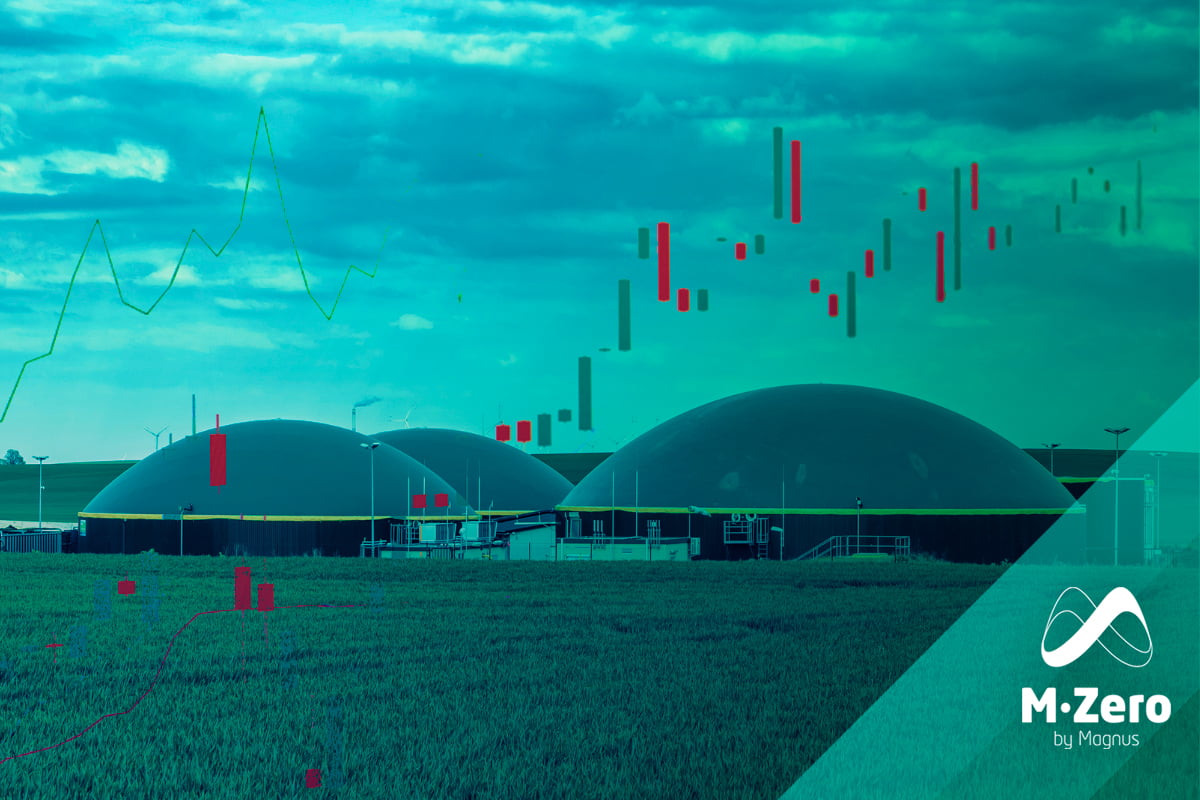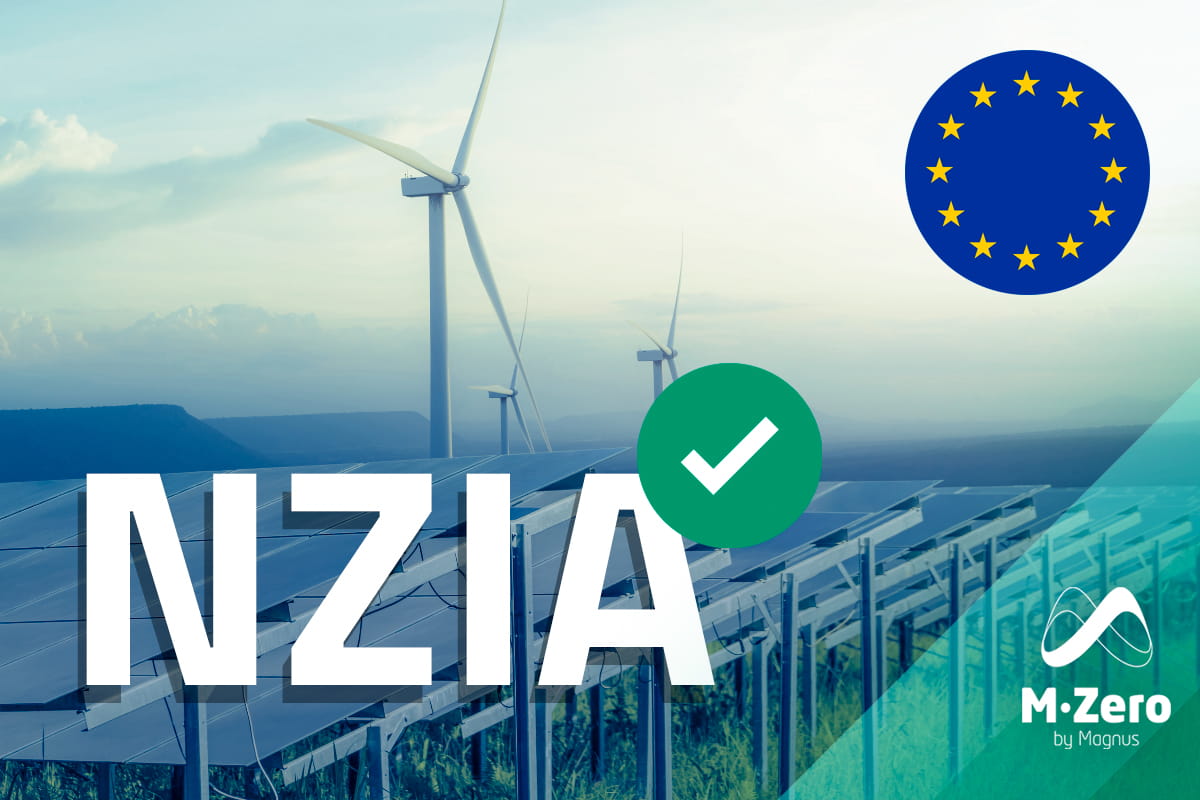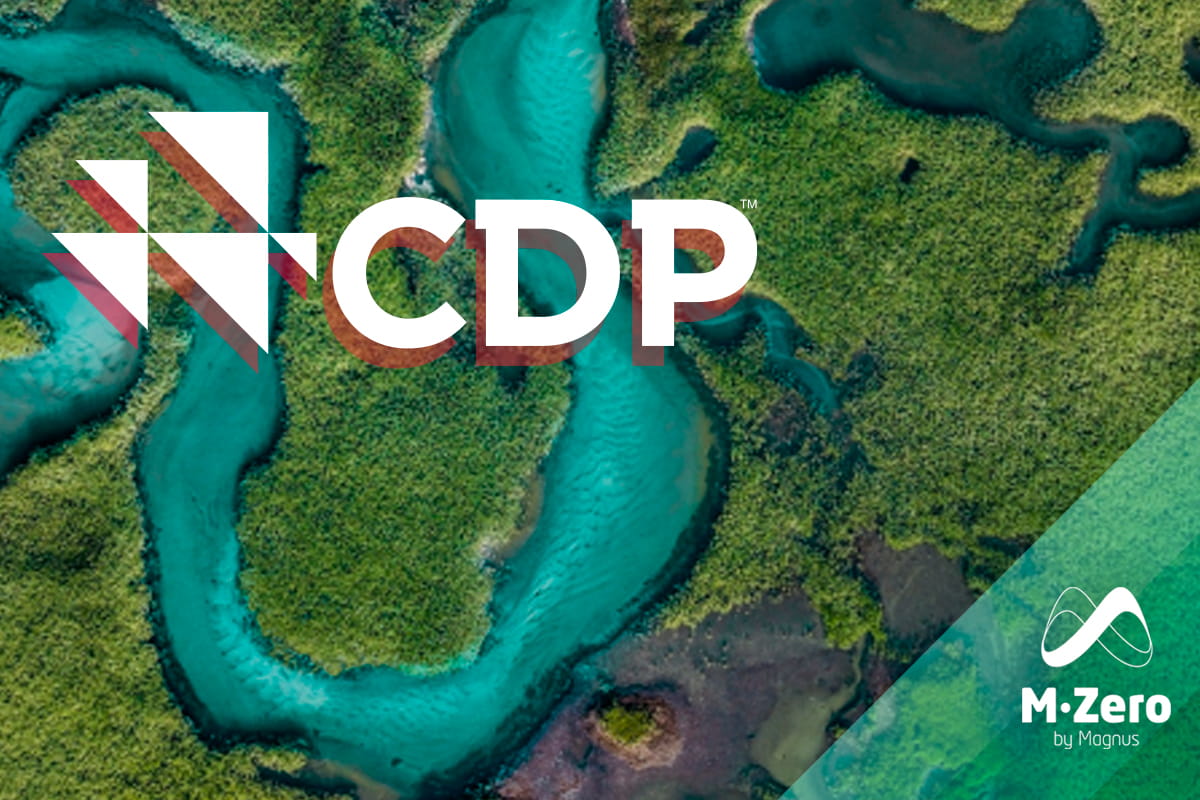
Companies required to comply with the CSRD will be required to prepare a ‘sustainability statement’ under the new European Sustainability Reporting Standards (ESRS), the first set of sectoral standards for which were adopted by the European Commission in July 2023. The CSRD is expected to significantly increase the number of companies obliged to comply with sustainability reporting requirements in the EU, including up to 3,000 US companies with substantial operations in the region.
The CSRD is a new frontier for sustainability regulation that raises the stakes for sustainability reporting. Covered companies will be required to:
- Complete a double materiality assessment to identify material topics and associated impacts, risks, and opportunities (IROs).
- Collect data and prepare an annual sustainability statement on those material topics and IROs using the new ESRS.
- Electronically tag and file the statement (which may form part of their annual management report) with the appropriate EU member state regulatory authority.
One of the key steps on the road to CSRD compliance is a double materiality assessment, which requires companies to identify both their impacts on people, society, and the environment (impact materiality) and the risks and opportunities that affect them financially (financial materiality).
Given the specific and detailed guidance and requirements of the CSRD, a dual materiality assessment aligned with the Directive is more complex and rigorous than materiality assessments that companies have conducted in the past. However, the additional effort and level of detailed analysis used in a dual materiality assessment has the potential to generate considerable value for companies, which goes beyond mere compliance with sustainability reporting requirements.
In more detailed terms, the Dual Materiality Analysis is a two-perspective approach that:
- Impact Materiality: analyses how a company’s actions affect natural and human resources, considering both positive and negative effects. This inside-out approach examines the actual or potential short-, medium- and long-term impacts that the company has on people and the environment, directly linked to its operations and value chain. The stakeholders most interested in these issues are citizens, consumers, company employees, company partners, the communities where it operates and, in general, civil society organizations. But also, investors, who are increasingly concerned about the sustainability of their investment portfolios.
- Financial Materiality: assesses how sustainability-related risks and opportunities may affect the company’s financial performance. This outside-in approach focuses on how these factors may represent a significant risk or opportunity that impacts financial performance in the short, medium, and long term. For example, how global warming or pollution can influence a company’s performance. The stakeholders most concerned about these issues are investors.
Materiality as a form of due diligence
In an assessment of the materiality of CSRD impacts, a company should score its actual or potential impacts, positive or negative, on the dimensions of severity (including scale, scope and irremediability) and likelihood of impacts.
This level of granularity helps companies to identify, assess, monitor, and mitigate potential impacts based on actual data. It fits with emerging due diligence requirements around the world, including CS3D, which is currently under consideration in the EU.
Linking mandated reporting to voluntary disclosures
Unlike previous ESG materiality assessments, the CSRD’s assessment of financial materiality goes deeper than the sustainability issue level. This information can be used to strengthen risk management practices, better inform capital allocation and budgeting decisions, and create a stronger business case for implementing and investing in sustainability initiatives.
Digging deeper with more granular data
The CSRD requires companies to consider their entire value chain (including upstream and downstream stakeholders, activities and IROs) and to consider materiality by location (e.g. all locations where an entity has significant operations, subsidiaries, and assets) and time horizon (e.g. short, medium, and long term).
The level of disaggregation required in the materiality assessment process produces granular data points for companies, which can help drive deeper strategic insights. For example, by analyzing results by region, companies may discover that only a subset of their facilities present water-related risks and opportunities. The company can use this information to adapt its water policy and better target its water conservation efforts.
From this perspective, materiality is hierarchical, as each subgroup is contained within the previous one, and all are encompassed by the first, which influences the economy, the environment and society. Moreover, it is dynamic because issues can move from one group to another and become financial.
Dual materiality seeks to enrich the vision of companies to better define their strategy, to avoid short-sightedness and short-termism, to think and act with all stakeholders in mind. The impact of a company on society and its value marks a two-way road that is good for everyone.
If you found it interesting, please share it!
Recent Articles



































